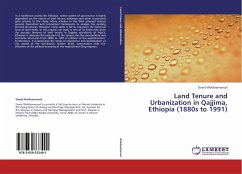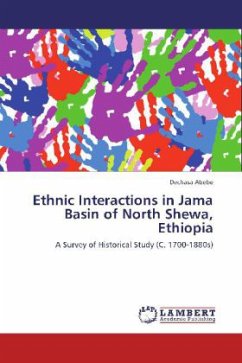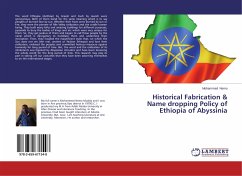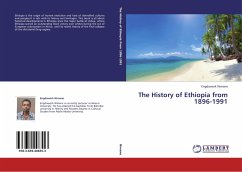This study deals with the history of Däbrä Zäyt (Bishoftu) town from its foundation until the fall of the military regime in 1991. Before Däbrä Zäyt developed into an urban center it was railway station. Gradually, the small village that flourished around the station pulled a sizeable number of people of diverse origin. By 1935 Däbrä Zäyt was a bit higher than a station village with its multifarious population and economic activities The strategic location, agricultural productivity and recreational potential of the area were among the major factors that attracted the Italians to Däbrä Zäyt. The Italians made Däbrä Zäyt their garrison town, and it was also one of the few places chosen by the Italians for their white settlement scheme. In the post-Italian period the town witnessed considerable growth and development. Däbrä Zäyt`s location in the midst of a rich agricultural area and along the main highway and the railway, its proximity to the capital, and its position as an imperial retreat, and its warm climate, beautiful lakes and scenery which made the town a resort place variously contributed to its growth and development.
Bitte wählen Sie Ihr Anliegen aus.
Rechnungen
Retourenschein anfordern
Bestellstatus
Storno








